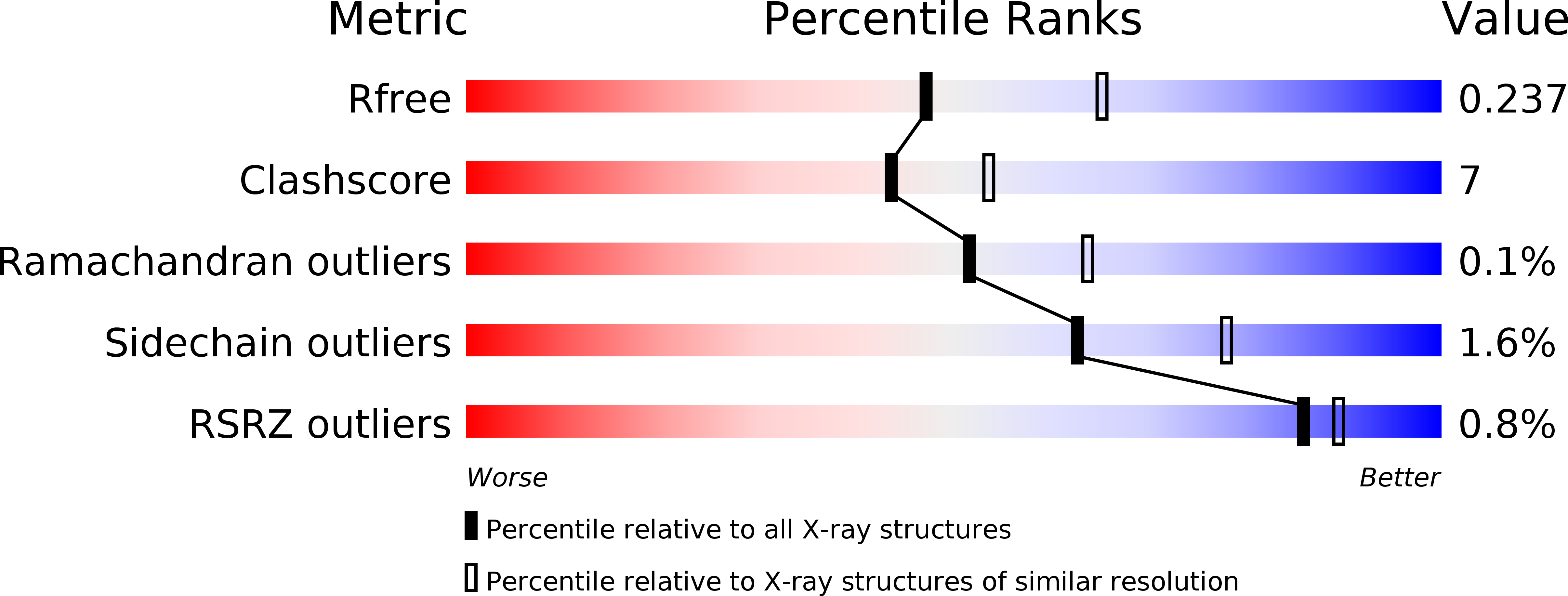
Deposition Date
2010-04-07
Release Date
2010-05-19
Last Version Date
2024-10-30
Entry Detail
PDB ID:
3MGO
Keywords:
Title:
Crystal structure of a H5-specific CTL epitope derived from H5N1 influenza virus in complex with HLA-A*0201
Biological Source:
Source Organism:
Homo sapiens (Taxon ID: 9606)
Influenza A virus (Taxon ID: 102793)
Influenza A virus (Taxon ID: 102793)
Host Organism:
Method Details:
Experimental Method:
Resolution:
2.30 Å
R-Value Free:
0.24
R-Value Work:
0.20
R-Value Observed:
0.20
Space Group:
P 1


